We made it into the United States' top 10 Aircraft Paint shop list!
NOW OFFERING MOBILE JET SERVICES (SMALL TOUCH UP JOBS) TO SEVERAL AIRPORTS
CONTACT US TODAY FOR A QUOTE!
ALSO PAINTING JETS AT OUR CABLE KCCB LOCATION
.JPG)
Quality aircraft painting in Southern California! Attention to detail like no other!
Jet paint jobs - General Aviation - Government - Insurance claims
YES! WE USE HIGH QUALITY AVIATION IMRON PAINT, YOU DON'T HAVE TO GO TO ARIZONA!!!
WE HAVE PLENTY OF EXPERIENCE ON REPAINTING THE FOLLOWING FIXED WING AIRCRAFT:
CESSNA (AS LARGE AS CITATIONS)- PIPER - CIRRUS AIRCRAFT - MOONEY
BEECHCRAFT KING AIR - NAVION - RVs (ALL)
ROTORCRAFT:
ROBINSON - SIKORSKY - BELL - AGUSTA - EUROCOPTER
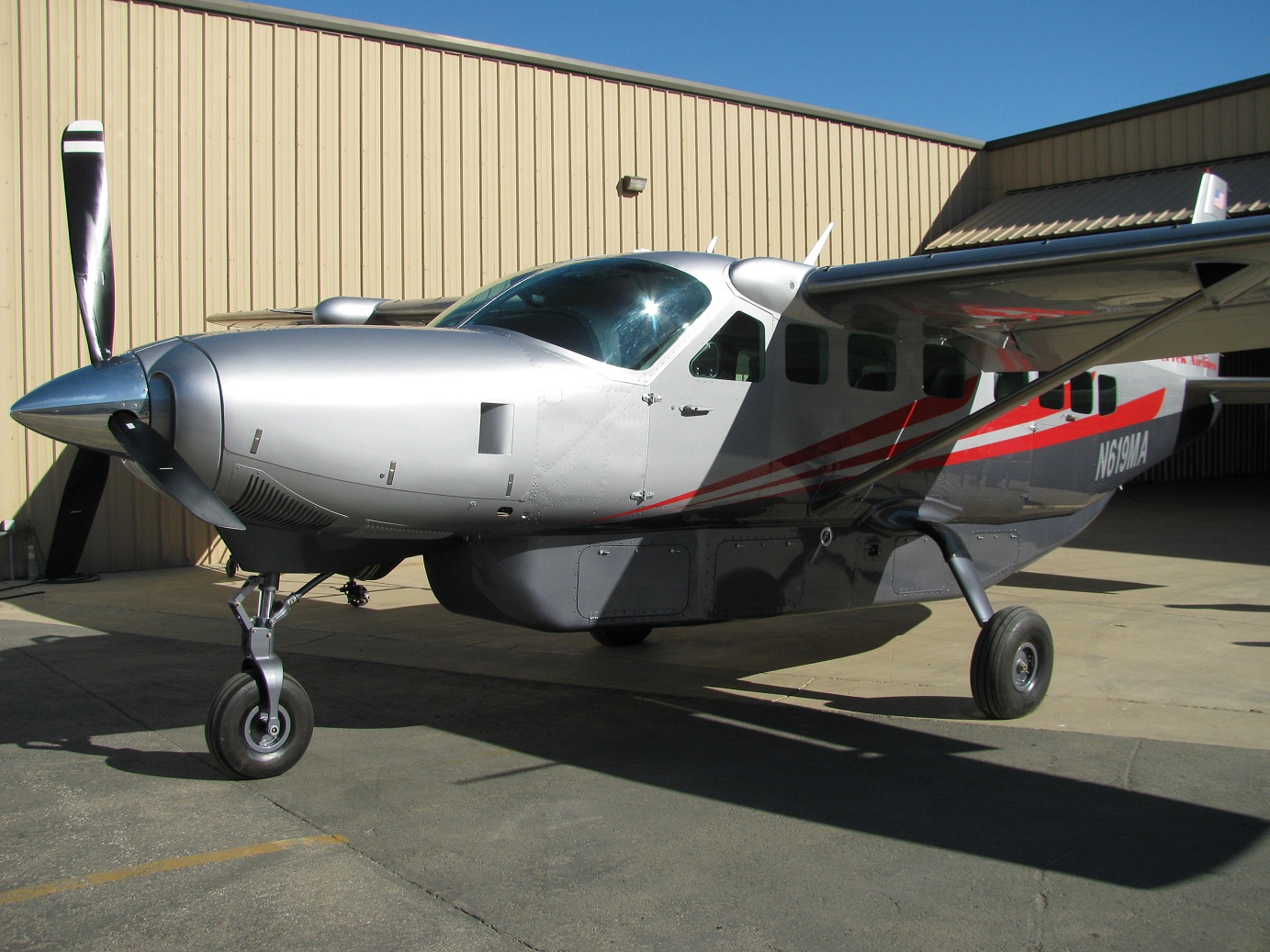
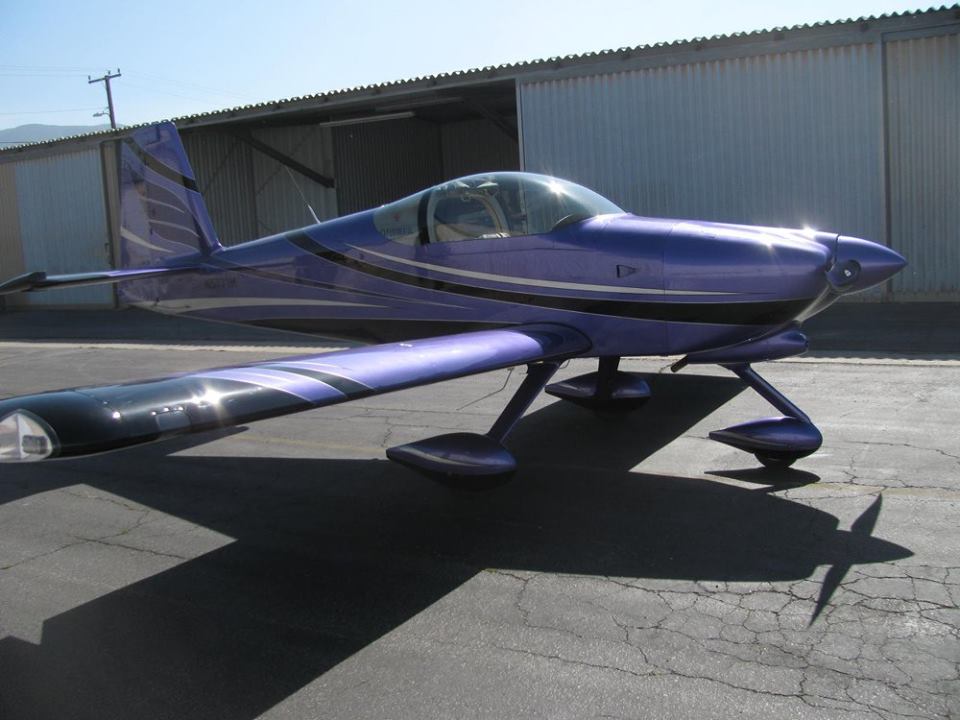
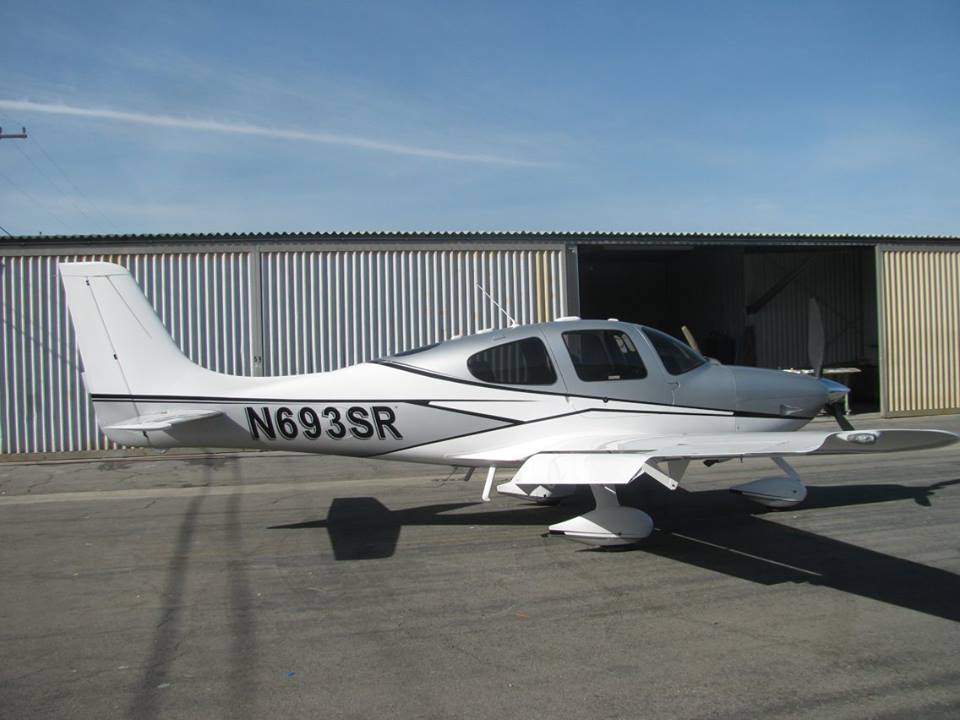
Fact: We can use any aircraft paint available in the UNITED STATES.
Lie: California does not allow us to use paint available in Arizona or other states.
DON'T LET PEOPLE LIE TO YOU, WE CAN USE ALL THE RIGHT PRODUCTS FOR YOUR AIRCRAFT. WE ARE NOT BANNED FROM USING THE PAINT THEY USE IN ARIZONA, NEVADA OR ANYWHERE ELSE!!!
We are one of the best aircraft paint shops in the US, and due to our prices and our good quality work, our aircraft paint shop has rapidly gained a great reputation. We highly recommend that you get a quote from us and schedule your aircraft paint job AS SOON AS POSSIBLE. We are one of the most affordable aircraft refinishing companies in the Southern California area. The aircraft paint booth has been remodeled and furnished with a new air dryer and air compressor. Feel free to stop by anytime, and check out our work; we will be proud to show you around!
Whether you want a full strip and paint, touch ups, corrosion removal, ulholstery work or any cosmetic or mechanical work regarding your aircraft, we can help you!
We hope you can find enough information about us while browsing this website. And to start you of, here are pictures from our last projects:
This is who we are, this is what we do, and we love doing it!
Bell 430
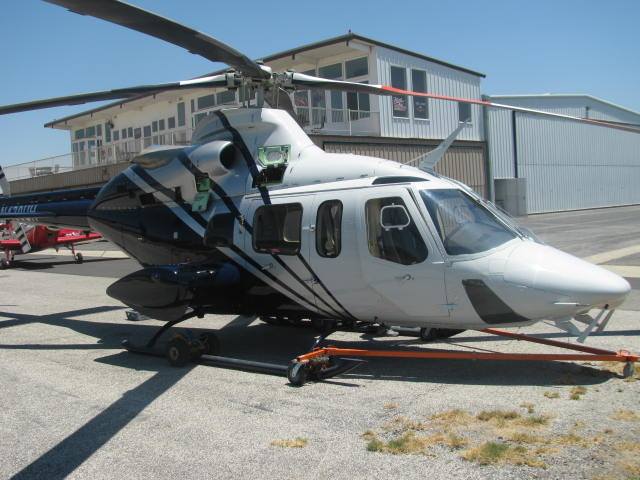
SIAI
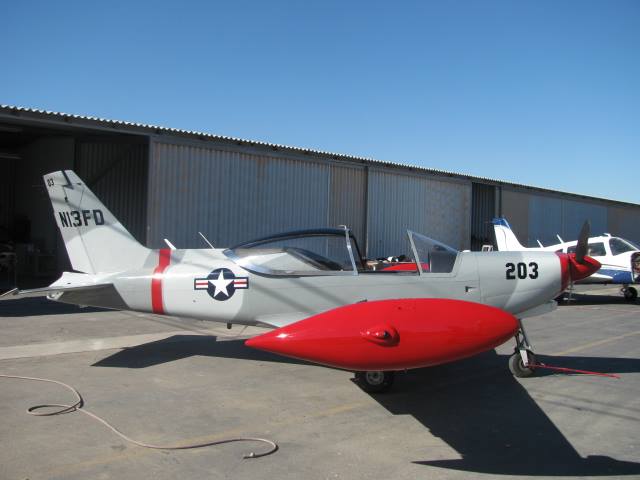
Should you have your aircraft painted? Please read
The real function of the paint is to protect the underlying aircraft from the ravages of time and weather. Unprotected metal would rapidly corrode. You might very well need to repaint a very nice looking aircraft to stop corrosion. We live in the sun-drenched Southwest. Here, in a very short time, the sun's ultraviolet rays begin doing some serious damage to your paint. If what you have under that paint is fabric or fiberglass, you should be very concerned that deteriorating paint is letting those same ultraviolet rays do their worst to the aircraft. There is a very good reason why most fabric aircraft live in hangars, and most glass sailplanes get disassembled and stored in enclosed trailers.
If we are talking about your personal aircraft, then the real reason for new paint can be put down simply to pride of ownership. Commercial aircraft are a different situation. While the airlines repaint frequently, most flight schools and small charter operators regard paint as an unnecessary expense. Their profit margins are very small. They would much rather spend the money on mechanical work, or even an occasional paycheck.
While these concerns are valid, I would also suggest these commercial operators take a look around their parking lot. Most of today's flight students and charter passengers are very successful people with incomes in the top 10 percent nationwide. They drive to the FBO in new $40,000 plus automobiles with very nice paint. When they look over your aircraft, they can't see the tens of thousands of dollars worth of engine upgrades under the cowling, and the array of little dials and instruments in the panel you sunk thousands into is also meaningless to them. But they can definitely compare your paint job with some rust bucket used car they wouldn't be caught dead in. At least subconsciously, they are judging safety by evaluating the paint! Before you decide against repainting your trainer or charter airplane, think again about the market you serve.
Painting an aircraft is very expensive, at least twice the cost of painting a car, and you should look at several shops before selecting one. Inspect their work and facilities.
The overwhelming majority of airplanes painted these days get either an original factory paint scheme or, more often, the original factory paint scheme from the same make but a much newer model year. Beware though that more colors, more stripes, and so on will cost more to paint.
Much of the reason painting is so expensive is the required preparation. The entire aircraft should be stripped to bare metal. Before that happens, all the control surfaces, all the trim, and all the fiberglass and plastic pieces have to come off. The industry is changing over to low toxicity citrus/water based strippers, but it is wrong to call these safe. They must be handled, applied, and disposed of very carefully. Stripping is a process you just don't want to be around without a protective suit. The stripper potentially damages the plastic and fiberglass parts, so those are done separately by hand.
After stripping, you are invariably due for an unpleasant surprise: not all of your 30-year old fiberglass or plastic parts will be reusable. The quality of resins then was not up to today's standards, and the years of vibration and sun have done nothing to improve those resin-fiber bonds.
Removing the old paint also reveals a host of little dings and cracks that should be addressed before any new paint goes over them. It is reasonable to guess that $2000 more than the base paint price will be needed for almost any older single engine aircraft to deal with plastic and metal work. A good shop will keep you appraised of those costs, so there is no unpleasant surprise at the end.
The aircraft control surfaces will be removed, not just to facilitate stripping and painting, but — more importantly — to be balanced after painting. Have you noticed those weights mounted in front of the hinge line? Improperly balanced, the control surfaces will flutter — a very unpleasant experience which nearly rips the yoke right out of your hands, and unless you get back on the ground very soon, rips the control surfaces right off the airplane. An A&P, not just a painter, must perform this work.
A car gets a quick wet sanding before the new paint goes on. However, stripped to bare metal, it would not be good to start sanding away your plane's skin and rivet heads. Instead, the surface is treated with a chemical etch which must then be cleaned off before any paint is applied.
At this stage, a team of six or more people has been at work for about ten days to two weeks full time on the project. That's why painting gets so expensive.
From now on, although the paint itself is very pricey, most of the work and cost is over. Having spent so much already, you might as well splurge on paint. A good shop will offer you a choice of paint brands, but it is wise to trust their experience and go with the one they like to work with. The industry standard these days is two-part urethane paint. The ultraviolet light resistance of these paints is much better than what was used two decades ago. For a skilled technician the actual spraying process is not difficult, but it is involved because there are so many different surfaces to cover. Rather than just drying like house paint, aircraft paint cures by chemical reaction between the two components. An effective cure requires carefully controlled, relatively hot temperatures and low humidity. Well, we do live in the right part of the world for that, but spraying paint yourself in a T-hangar won't be quite as accurate, and you won't get the right cure if the weather is either too cold or too hot.
There are a few more options to consider when having your aircraft painted. It is worth looking at painting the door jams now if you are going to redo the interior in the future. For a real show-plane, you can even have the inside of the cowling painted.
Whether it is ownership pride, the possibility of more traffic through your flight school, perhaps selling your aircraft faster or just protecting the surfaces from harmful sun rays, your reasons for a paintjob are probably the right ones.
Web site contents © Copyright Corona Air Paint 2019, All rights reserved.
|





